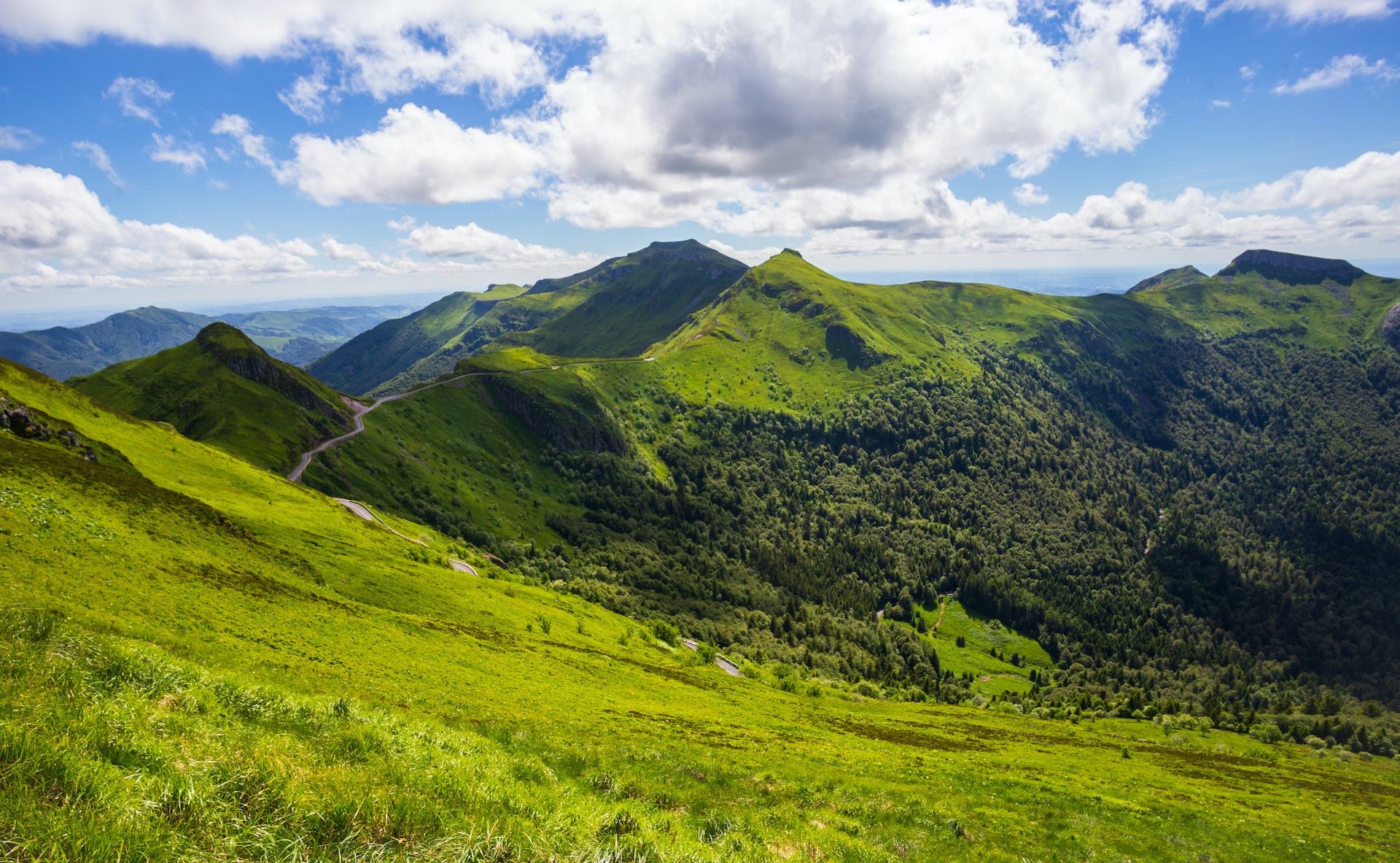
It is in ancient Japan, around the 16th century that the Raku “pronunciation rakou” took its sources. Raku is short for the Japanese term Raku-Yaki, which means “comfortable cooking” or “happy cooking”.
Born from the encounter between a tea master and a potter, this technique was at the time intimately linked to Zen philosophy. This collaboration will result in a simple and natural ceramic, devoid of any superfluous sophistication. She integrated perfectly into the spirit of the tea.
Apart from the philosophical side, the Raku is distinguished by its brutal cooking method.
When the pieces have reached a temperature of around 1000°, they are removed from the oven while incandescent, then placed on wood shavings to be smoked out.
The thermal shock and the smoking cause a characteristic crackle, as well as a blackening of the earth.
If in Japan, the technique of Raku has been perpetuated for 15 generations of potters by remaining faithful to tradition, in contact with Western potters, it has been enriched with other forms and other techniques: salty earth, smoky earth …thus moving away from the ceramics of tea.

